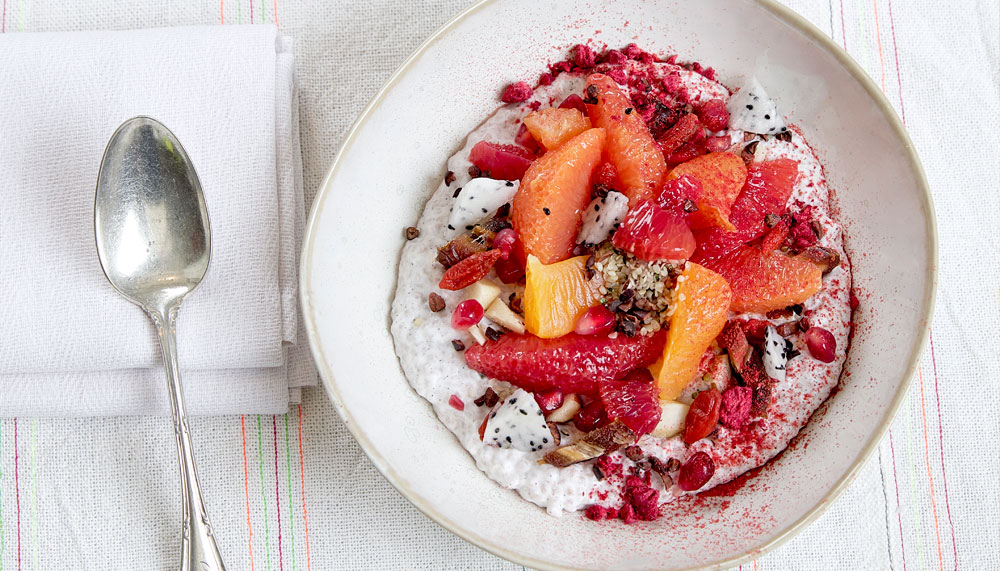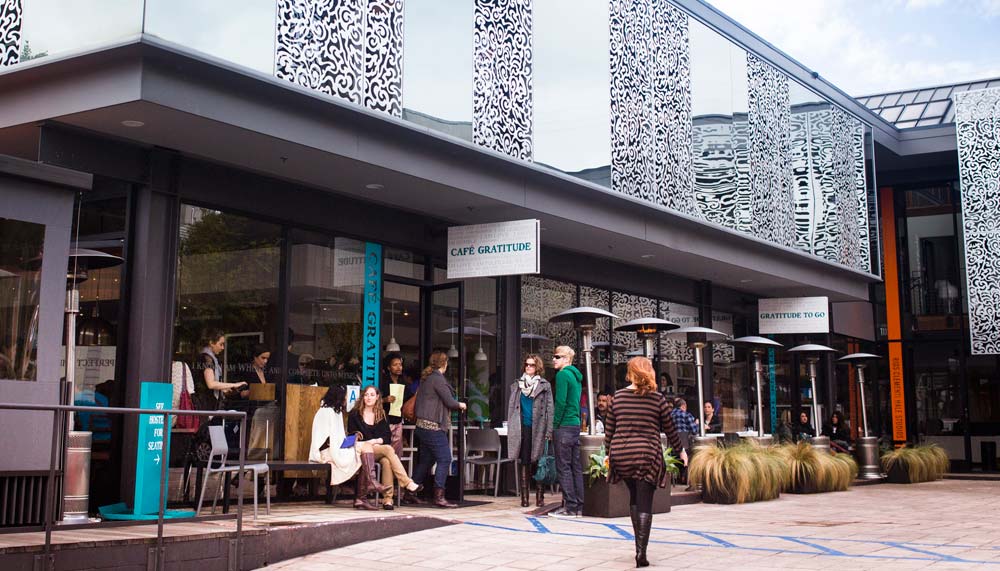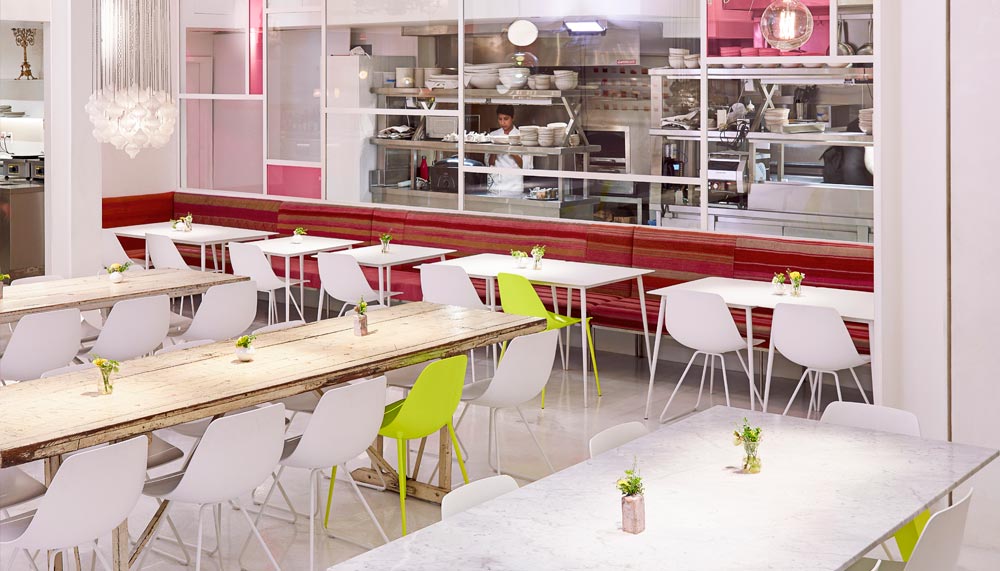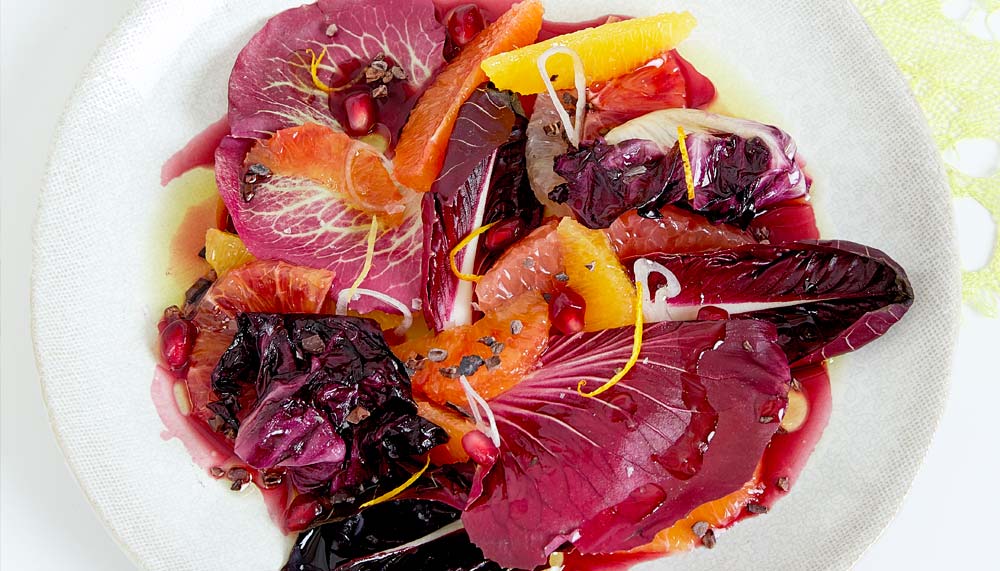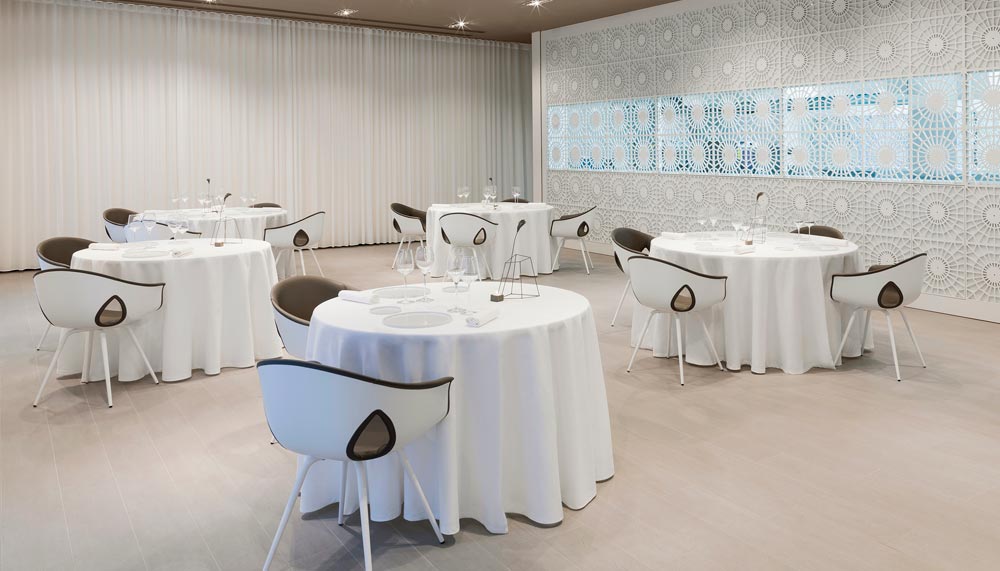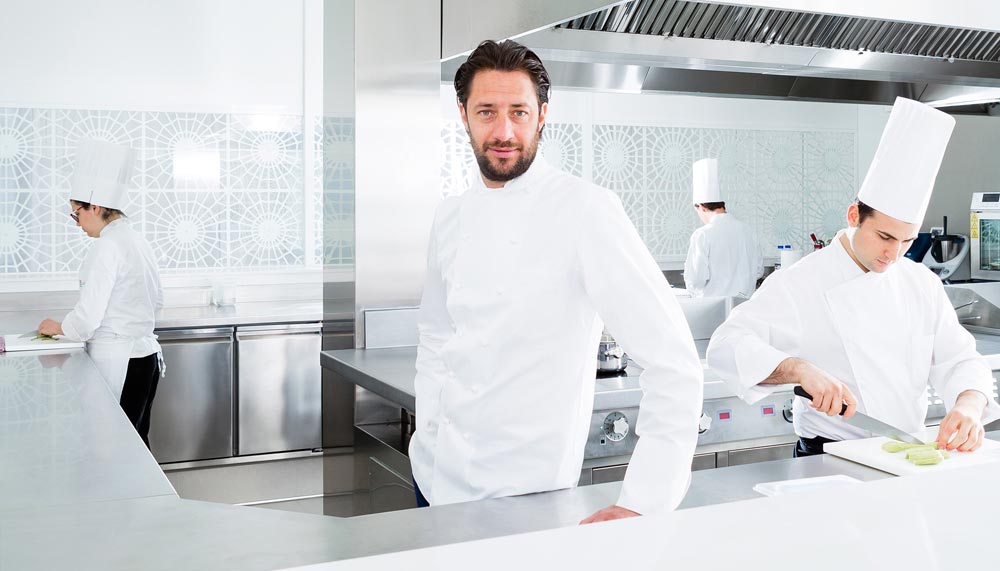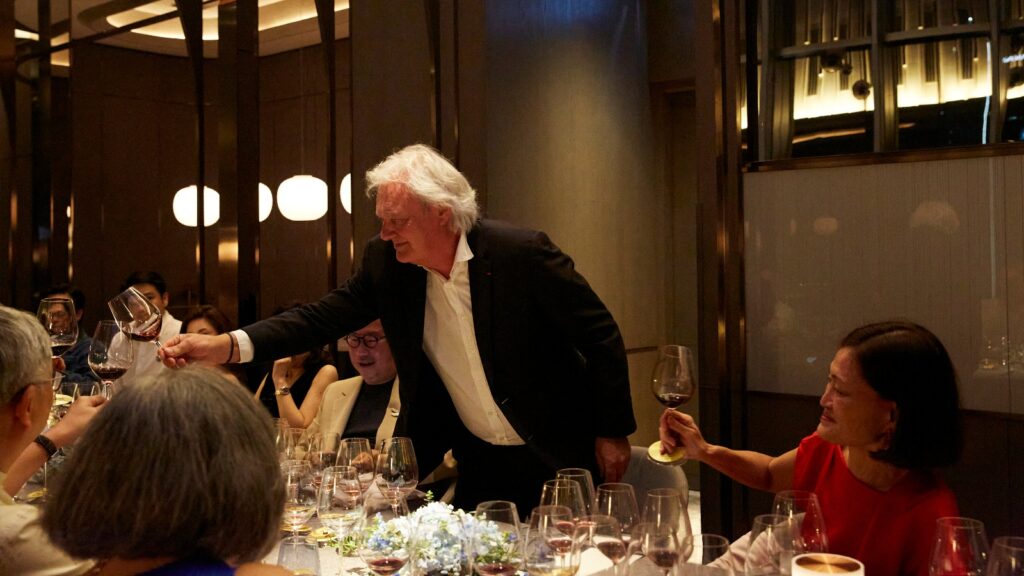Top of The Crops

Quiet revolution is under way. Anything but violent, it flies a green pennant, symbolising the colours of vegan or plant-based cuisine. Once the preserve of grungy cafes, veganism is now going haute, with chefs adopting a whole new approach to ingredients and techniques. Noted author Michael Pollan’s mantra — “Eat food. Not too much. Mostly plants.” — is the new culinary philosophy for those who want to nurture their personal and planetary ecosystems.
At the movement’s vanguard are stalwarts such as Cafe Gratitude one of the first fashionable all-vegan cafes in the US, and which has just opened an upscale sister restaurant, Gratitude, in Los Angeles. International celebrity chef Jean-Georges Vongerichten has finally opened ABCV, his “high vibration” vegetarian/vegan eatery in New York’s Flatiron district. (High vibration, dining’s newest buzzword, translates to organic, protein-rich vegetables, fruit, nuts, seeds and fermented foods that are good for one’s body.)
Scott Winton, former buyer at London’s Selfridges and food consultant, believes the rise of veganism is just the tip of the iceberg. “We are entering an age of ‘conscious eating’ where consumers are thinking differently about the food they consume and how it integrates into their lifestyle in a far broader sense than before,” says Winton. “They’re becoming more aware of their impact on the environment through their food choices.”
Why vegan right now? Research is mounting on the negative effects of extreme carnivorism on animals, the planet and our health. Fifteen per cent of greenhouse gases come from the meat industry, according to the UN. Celebrity endorsements from the likes of Paul McCartney and Natalie Portman have also helped to raise the profile and popularity of veganism.
Philip Owen of global trend consultancy Flavour Feed has observed a seachange that started in the health-conscious US, but is moving across the Western world. Crucially, he says, vegan dishes taste good. “The focus is not on culinary limitations but on delicious, interesting, bold and audacious flavours, textural contrasts and balance. Plant-based food can be complex and finely nuanced.”
Richard Landau of Vedge in Philadelphia is among the most visionary vegetable chefs and is known for testing creative boundaries. “Everything at Vedge goes through six or seven processes before it hits the plate,” he explains. “I try to cook vegan food that I would like if I were a carnivore. I use techniques like roasting, smoking, rubs, pastrami spices. Those aren’t meat techniques. Those are cooking techniques.” In the polished setting of a beautiful turn-of-the-century townhouse, diners tuck into inventive dishes including flash-seared pea leaves and smoked mushroom dashi. The humble carrot assumes various incarnations on the plate – roasted, in mustard, or served as carrot kraut and pumperknickel.
Over in Milan, Luigi Taglienti of Michelin-starred Lume exemplifies a new breed of leading chefs who incorporate veganism into their mainstream cooking. Says Taglienti, “I’m always searching for raw ingredients to use in my kitchen. They help me to cross new boundaries, by forcing me to step back and think about what new techniques I can use to develop their flavours into something extraordinary, something worthy of a Michelin- starred menu.” One highlight is an exquisite plate of hibiscus, grapefruit, tarragon and beetroot.
In London, Alexis Gauthier of Gaultier Soho has long offered a vegan alternative menu because he enjoys the challenge of working exclusively with vegetables. His spring menu includes Alexander buds with raw white asparagus, confit tomato and herb veloute.

Camilla Al Fayed, who founded chic, plant-based, organic Farmacy in London’s Notting Hill, traces the rise of haute vegan restaurants to changing expectations. She believes diners are increasingly seeking glamorous venues where they can enjoy dinner and a full bar stocked with quality organic and biodynamic wines. “People want to have fun and feel good at the same time!” she says. Never preachy, Farmacy’s menu offers a combination of creative comfort food and sophisticated bowl dishes. It also gently educates diners on different veg-centric culinary techniques, such as soaking grains and pulses overnight to sprout to make dishes more enjoyable and easily digestible.
Even the French are slowly embracing plant-based restaurants. Among the first is Paris-based Gentle Gourmet. Here, chef Caroline Piviani Quan-Ngor’s creative menu includes intriguing dishes such as coriander- and dill-marinated chiogga beet ceviche, cauliflower tabouleh, pomegranate dressing and fresh herb mousse, Hokkaido squash puree, ras al hanout and chickpea socca. Foodies would agree there’s never been a better or more delicious reason to join the green party.
